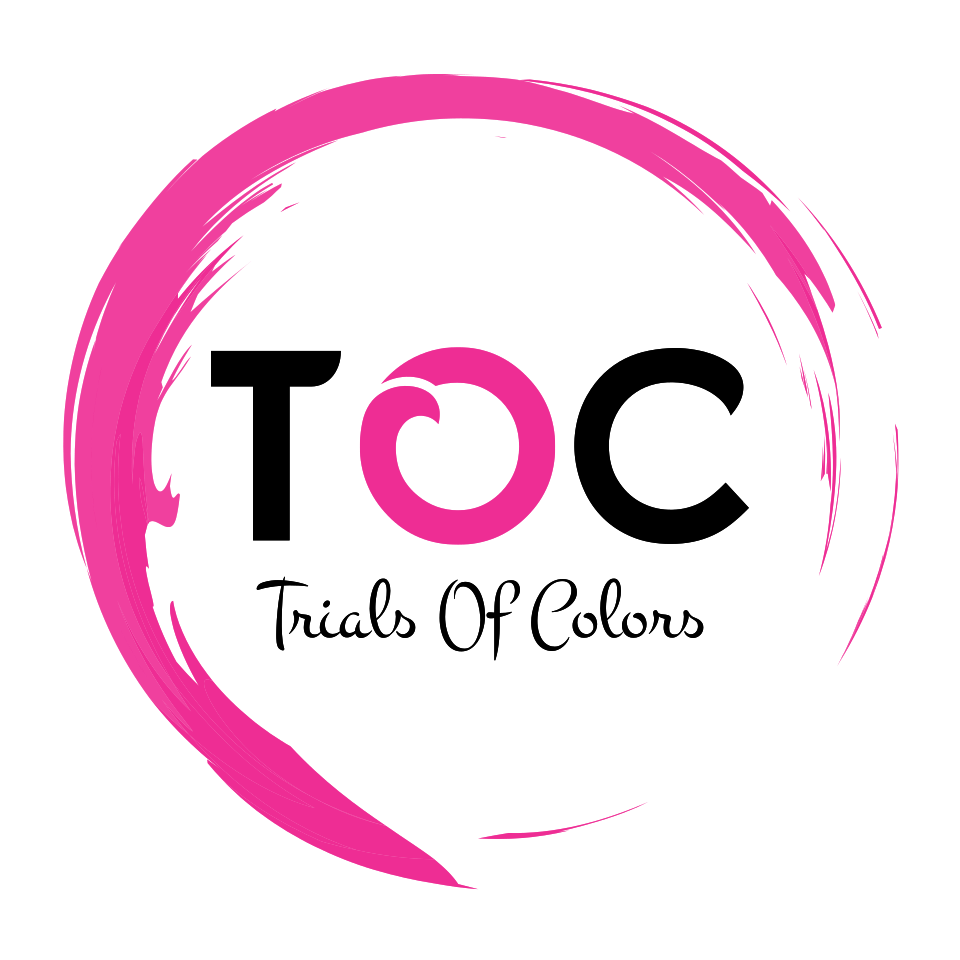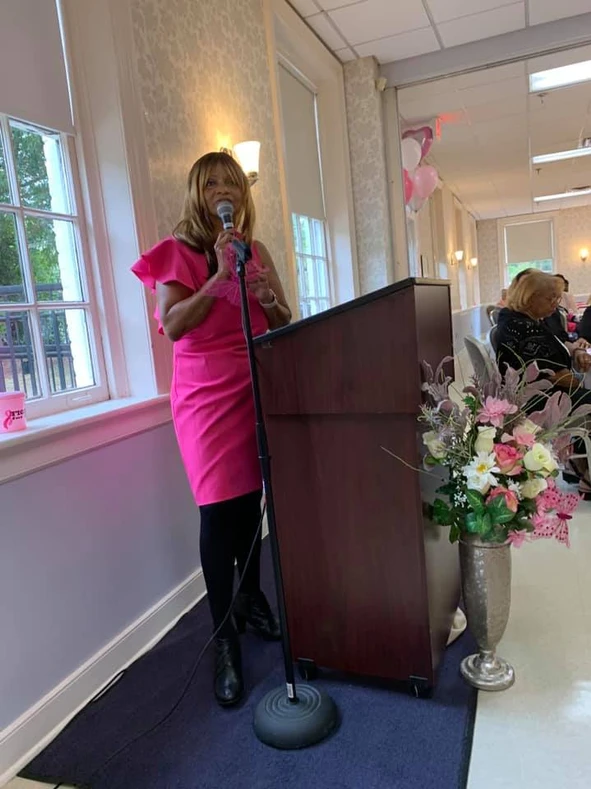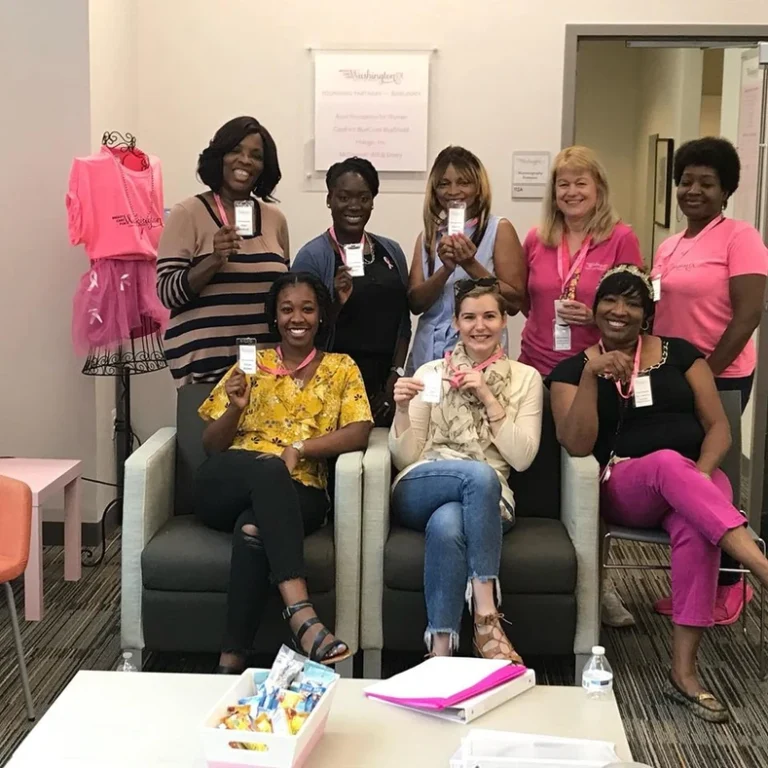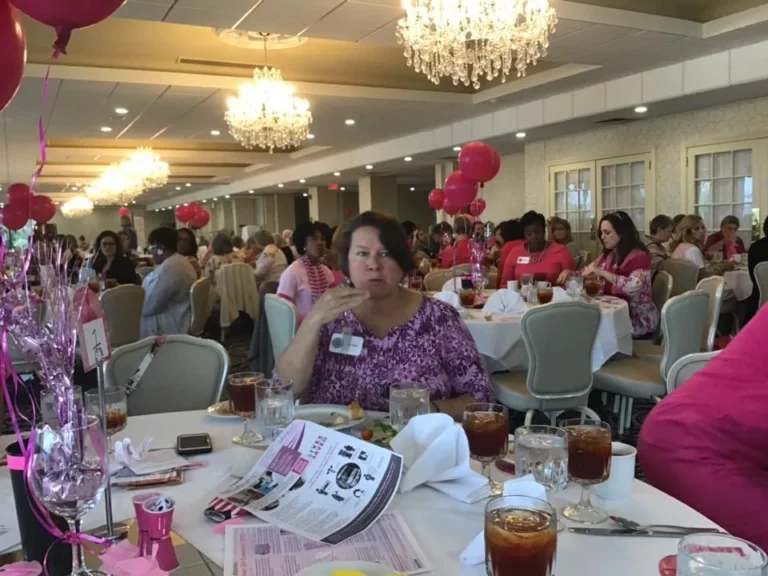Breast Cancer
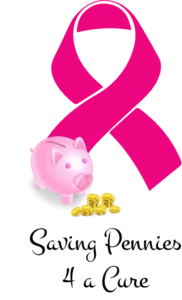
Saving Pennies 4 A Cure
Saving Pennies 4 A Cure is a 501(c)(3) nonprofit organization, dedicated to improving the lives of breast cancer patients by providing custom care packages for those undergoing chemotherapy.
Empowering Breast Cancer Survivors
Beyond treatment, the journey of survivorship presents new challenges. We are dedicated to providing comprehensive support, education, and resources to empower breast cancer survivors—helping them navigate the physical, emotional, and practical aspects of life after cancer, and ultimately thrive.
Our founder, Sharon Rivera, is a breast cancer survivor whose personal experience highlighted a critical need. Sharon faced immense difficulty affording essential personal care items necessary to manage challenging treatment side effects, such as chemotherapy. The cost and side effects of treatment only add to the mounting anxiety and fatigue cancer patients feel constantly.
That’s why Sharon founded Saving Pennies 4 A Cure, a non-profit organization focused on helping patients afford these necessary items while receiving treatment. We support individuals at all stages of breast cancer who are actively receiving chemotherapy.
Because Sharon has an eye for bargains, she selects items that she knows fellow cancer patients will need, especially those receiving chemo, buying them at the most affordable price she can find. Saving Pennies 4 A Cure also gladly accepts donations and hosts fundraising events to raise money for items given to cancer patients.
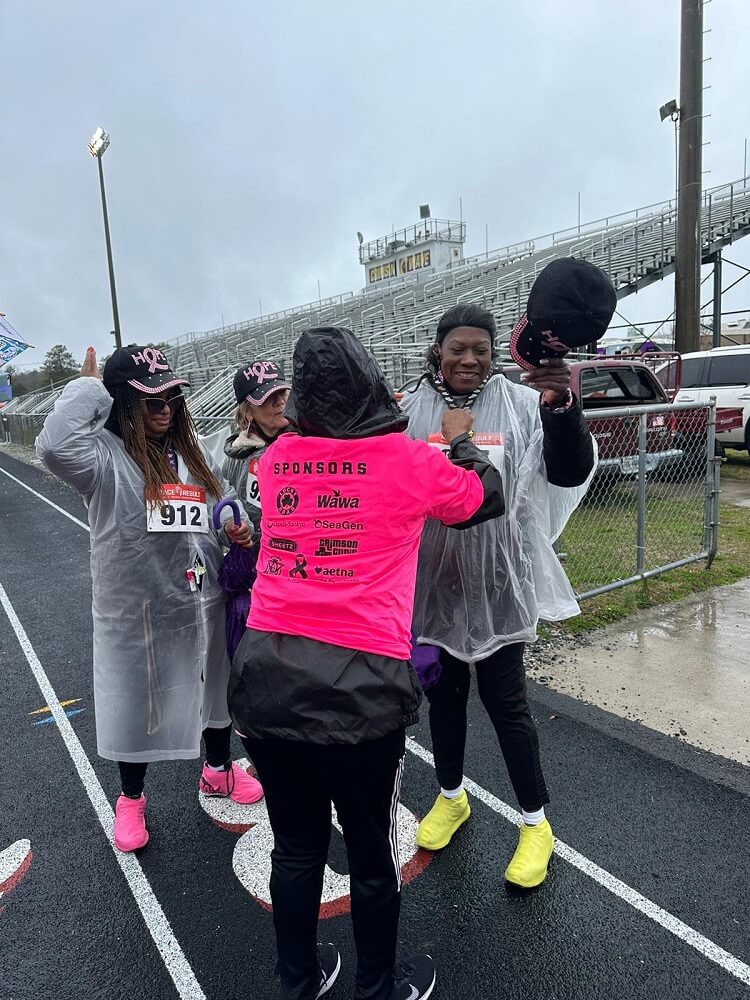

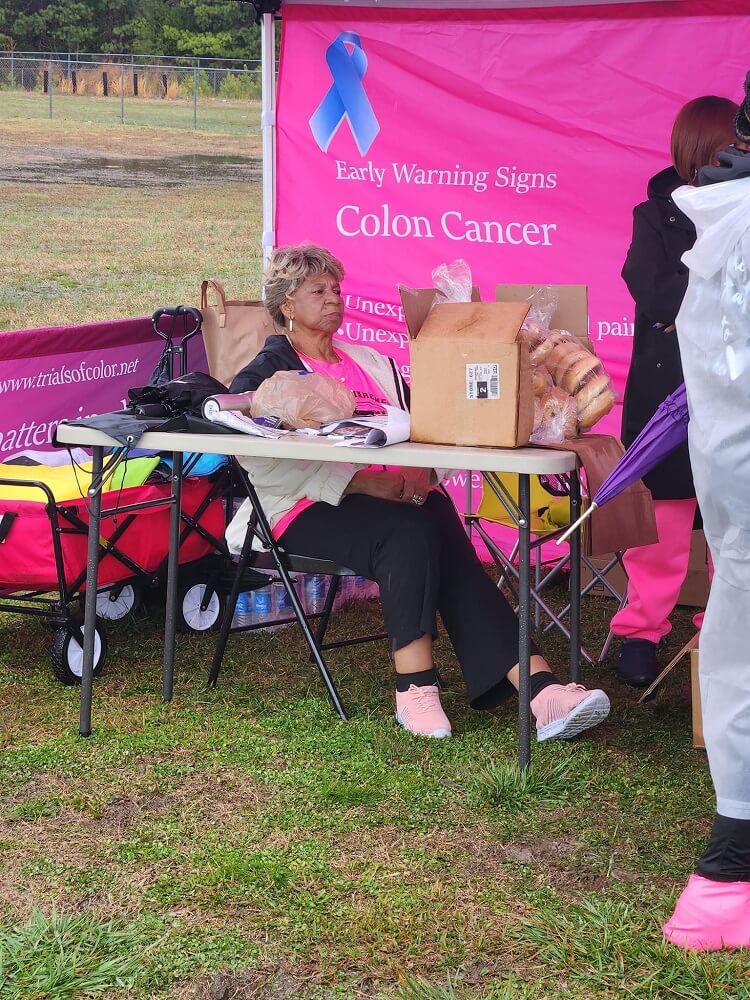
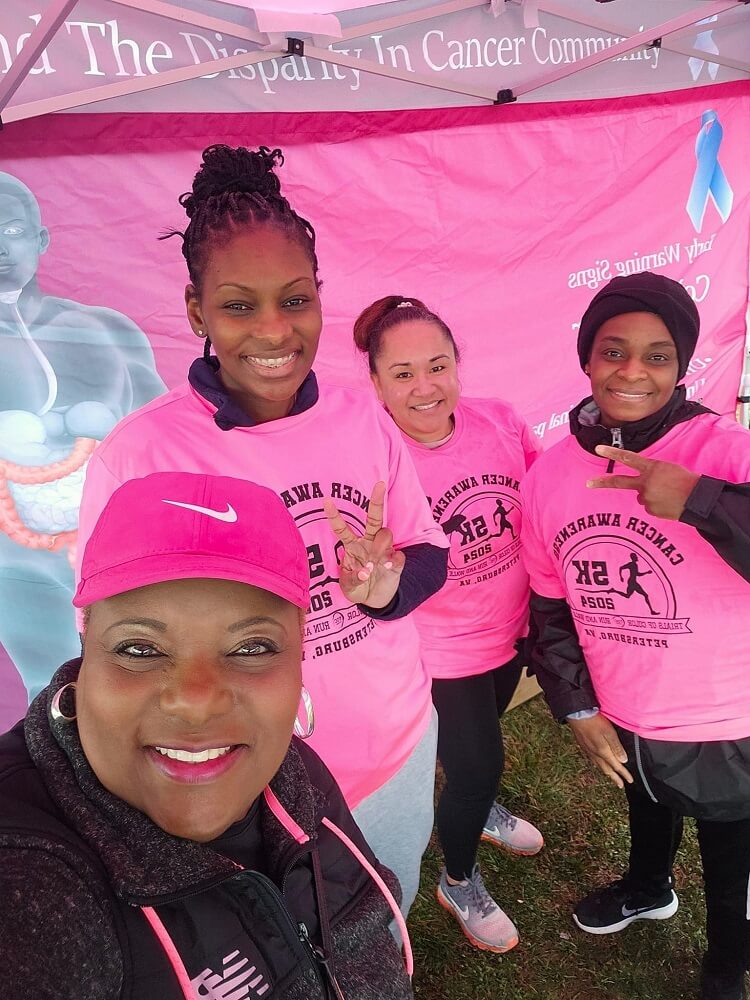
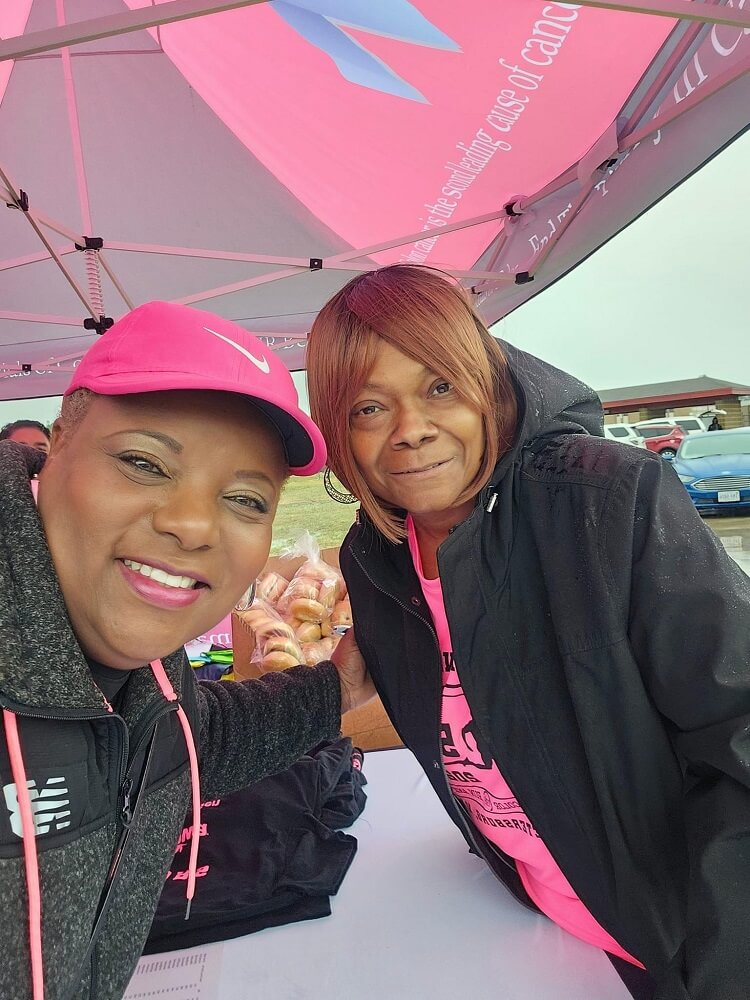
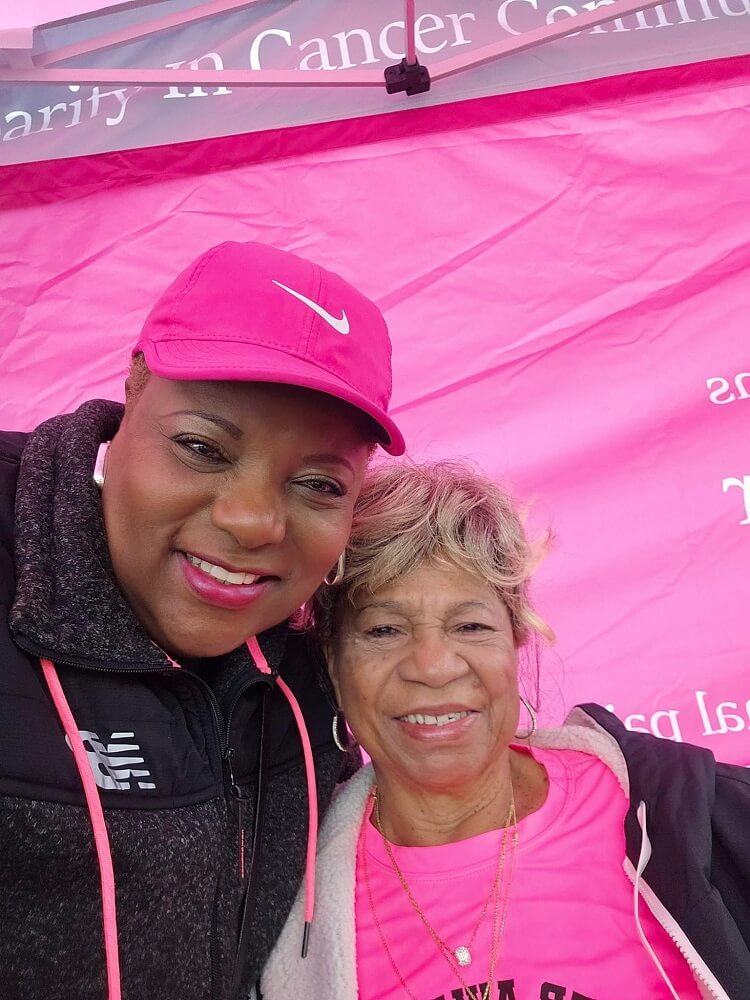
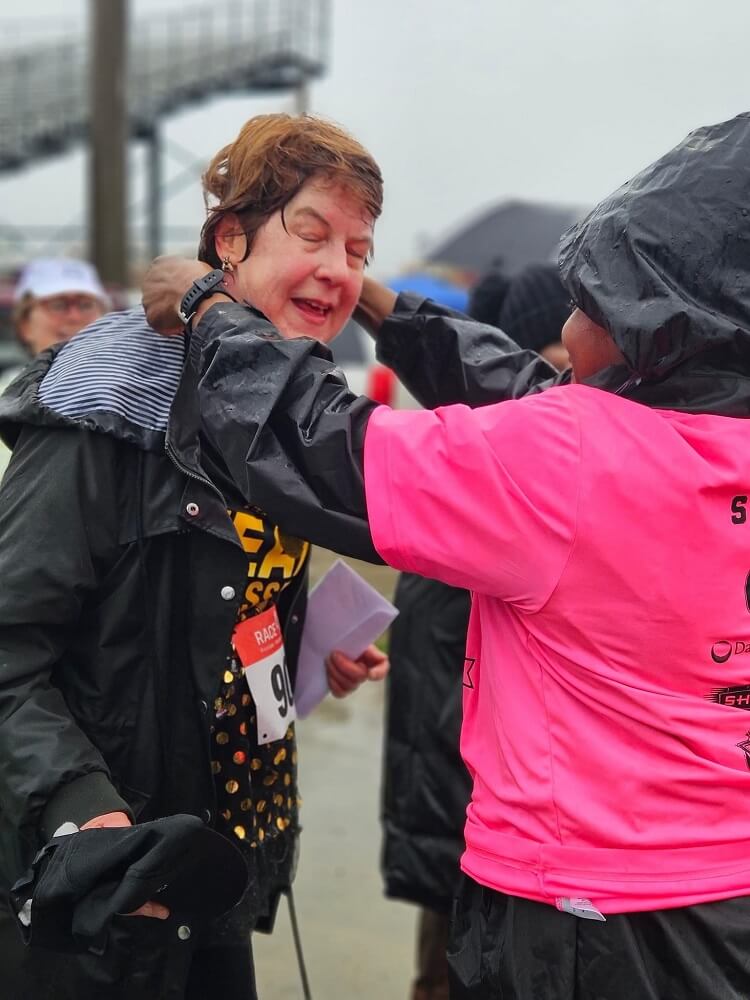

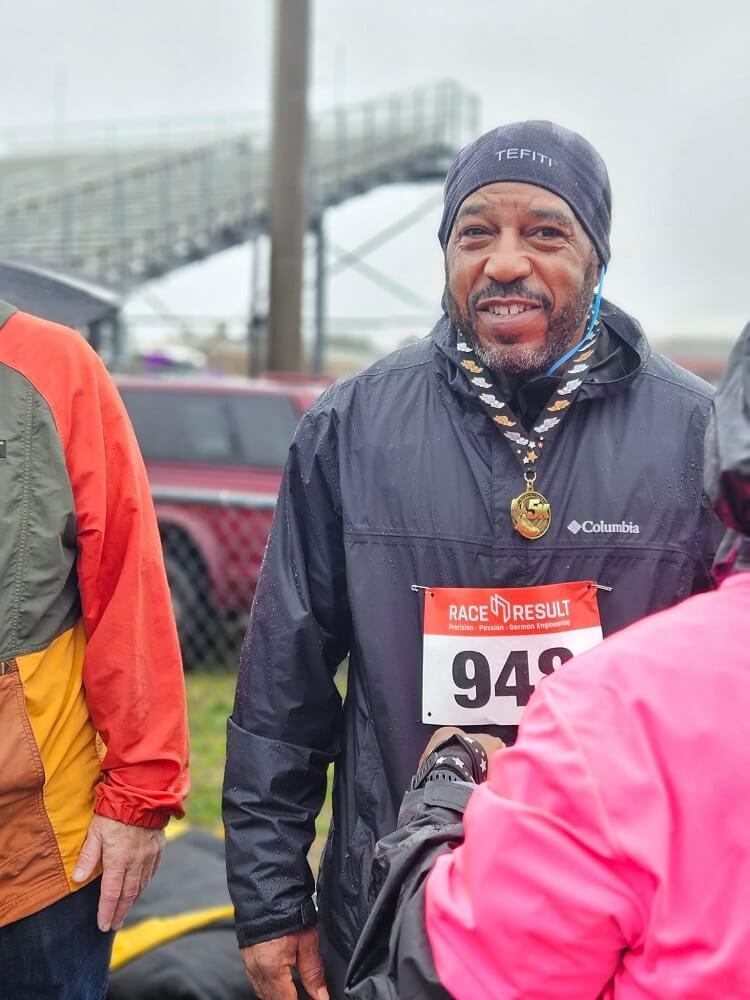



Breast Self-Awareness
The goal is to know how your breasts usually look and feel to spot any changes.
When to Check
If you get your period: About a week after it ends.
If you do not get your period: Pick a fixed, easy-to-remember day (e.g., the first of every month).
How to Check
Look in a mirror for changes in size, shape, color, dimpling/puckering, or a pulled-in nipple.
Feel while lying down or in the shower using the pads of your three middle fingers and using light, medium, and firm pressure to cover the whole breast and armpit area.
What to Look For: Any new lump, knot, or firm, thick spot that feels different.
Action: If you find a change, contact your doctor right away.
After a Diagnosis
Getting a breast cancer diagnosis is overwhelming, but the text offers a roadmap for the next steps:
Gather Support: Bring a trusted person (friend/family) to appointments to take notes.
Understand Your Cancer: Ask your doctor simple questions to clarify the type, size, and spread of the cancer to help with treatment planning.
Get a Second Opinion: You have the right to talk to another specialist to feel confident in your chosen treatment plan.
The Journey Continues
During Treatment: Be gentle with yourself and rest; speak up about side effects so your medical team can help manage them; and accept help from your support network.
In Remission (The New Normal)
Prioritize Wellness: Focus on a healthy diet, physical activity, and sleep.
Follow-up is Key: Attend all regular check-ups and scans to monitor your health.
Manage Emotions: Acknowledge that "scanxiety" and the fear of recurrence are normal. Talk to a counselor or support group if worry or sadness interferes with your life.
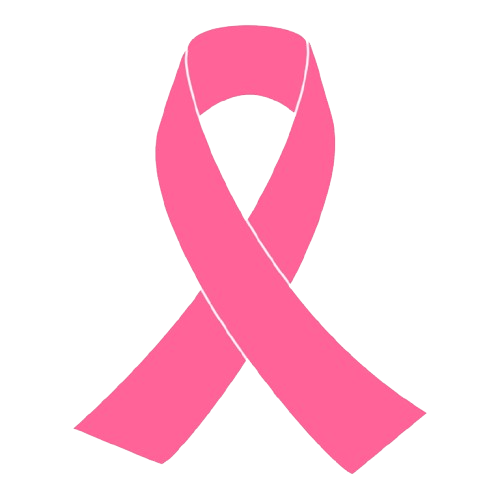
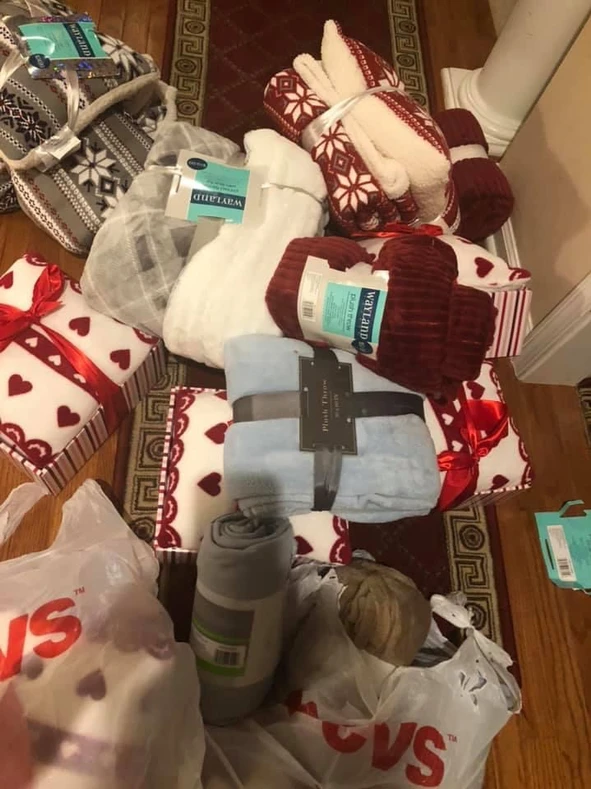
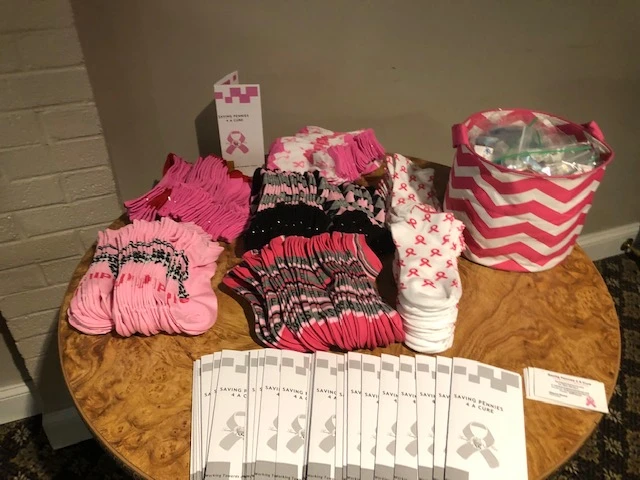

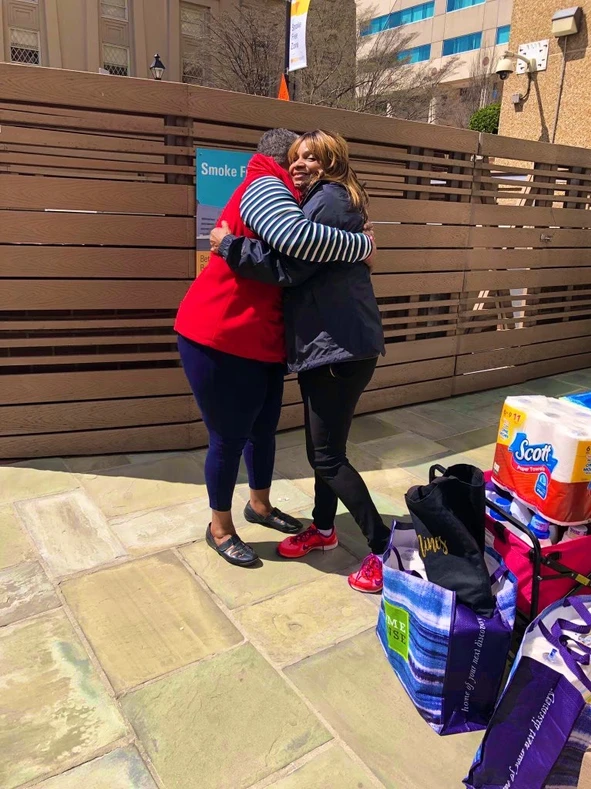
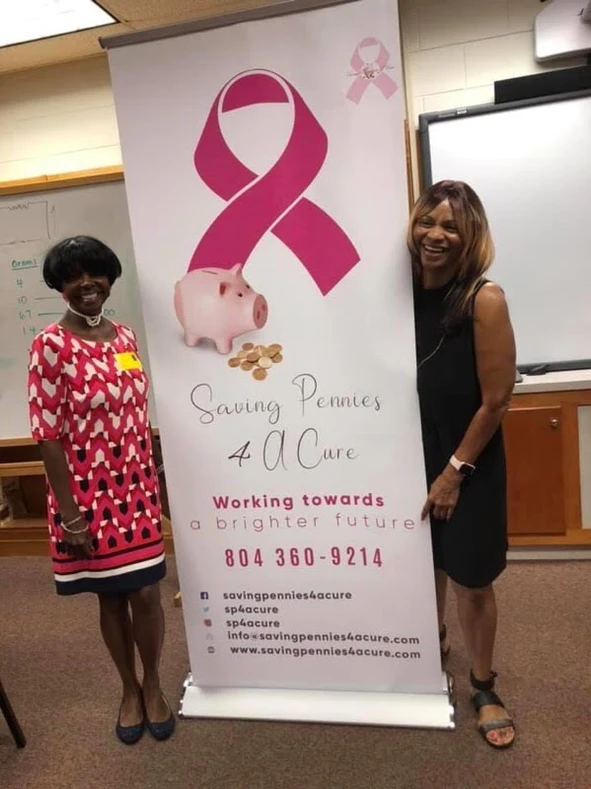
Here are the many ways we serve our community.
We believe all women and men can empower themselves to define their future, and can change the world.
Don’t take our word for it—hear from the people we serve
From navigating clinical trials to recovery support and student scholarships, our community shares how Trials of Color made a real difference.
Trials of Color translated complex medical terms into clear steps. Because of them, my mom enrolled in a trial fast—and finally felt hopeful.
Alva Edision
I wasn’t sure where to start after diagnosis. The team gave me a screening plan, a ride, and a kind voice. That changed everything.

